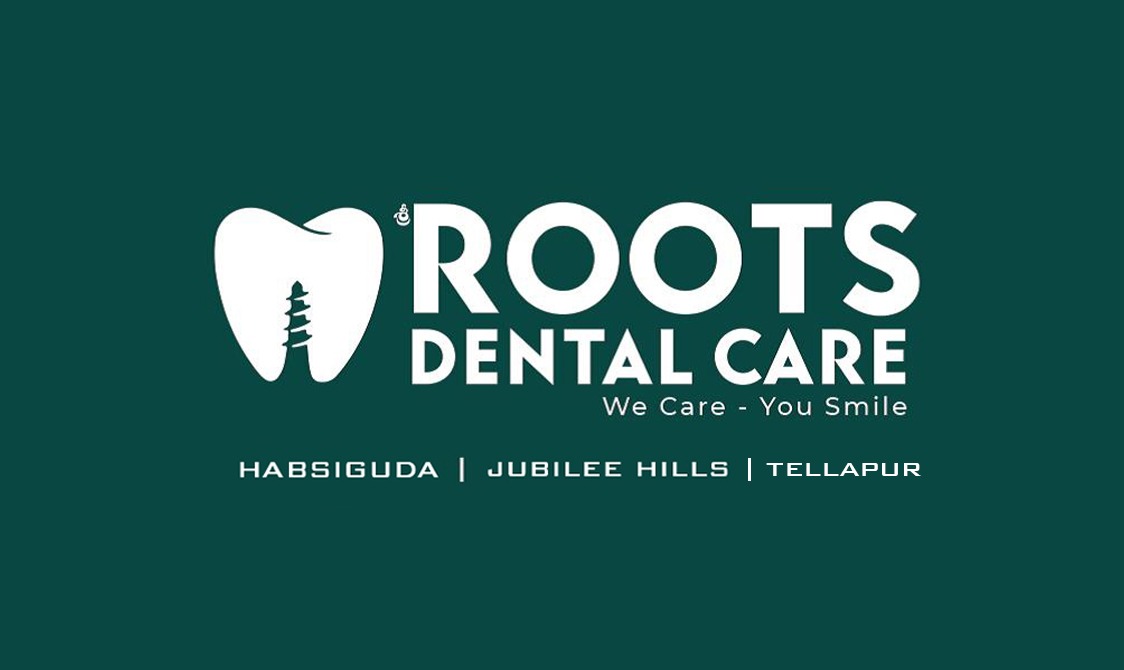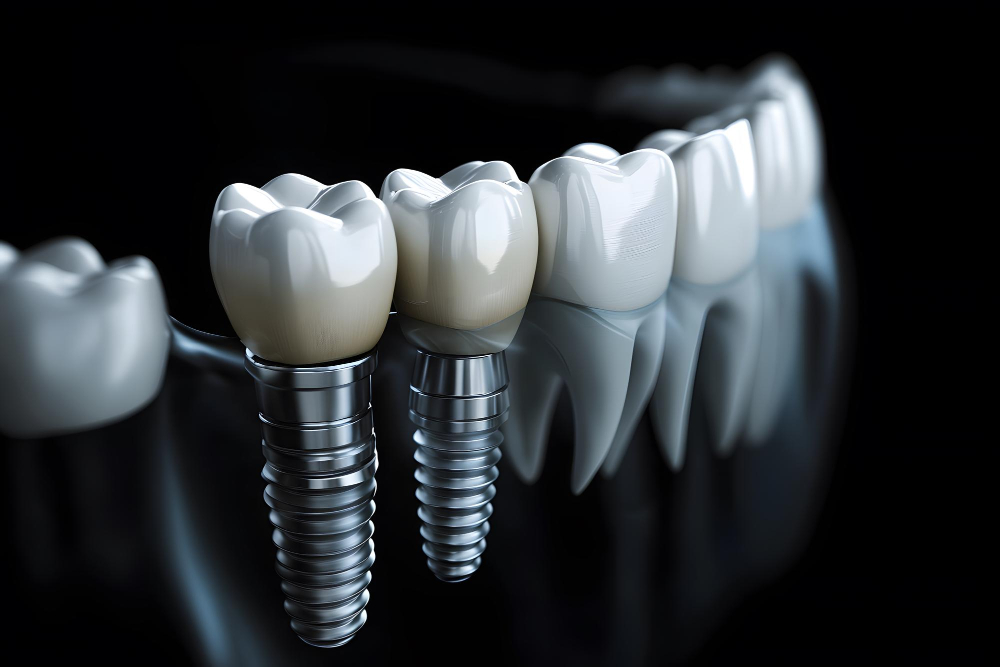Losing a tooth can be more than just a cosmetic concern—it affects your ability to chew, speak, and maintain overall oral health. Fortunately, modern dentistry offers two highly effective solutions: dental bridges and dental implants. But which one is right for you?
At Roots Dental Care, located in Hasbiguda and Jubilee Hills, we specialize in advanced restorative dentistry to help patients regain their confidence and oral function. In this detailed guide, we’ll explore the differences, advantages, and considerations of bridges and implants to help you make the best choice.
What Are Dental Bridges?
A dental bridge is a traditional method used to replace one or more missing teeth. It consists of an artificial tooth (called a pontic) held in place by crowns on the adjacent teeth. These crowns act as anchors, securing the bridge over the gap.
Types of Dental Bridges
- Traditional Bridge – The most common type, supported by crowns on adjacent natural teeth.
- Cantilever Bridge – Used when there’s only one adjacent tooth for support.
- Maryland Bridge – Uses metal or porcelain wings bonded to the back of adjacent teeth instead of crowns.
- Implant-Supported Bridge – Uses implants instead of natural teeth for support.
Benefits of Dental Bridges
✅ Quick and Non-Invasive – The procedure is faster than implants, typically completed in 1-2 visits.
✅ Cost-Effective – More affordable upfront compared to implants.
✅ Restores Function and Appearance – Helps with chewing and speaking while restoring a natural smile.
✅ Ideal for Patients with Weak Jawbone – Unlike implants, bridges don’t require strong bone density.
Drawbacks of Dental Bridges
❌ Requires Modification of Adjacent Teeth – The supporting teeth must be reshaped to accommodate crowns.
❌ Potential for Future Decay – If not properly maintained, decay can develop under the crowns.
❌ Limited Lifespan – Typically lasts 5-15 years before needing replacement.
❌ Does Not Prevent Bone Loss – Since bridges sit above the gumline, they don’t stimulate jawbone growth.
What Are Dental Implants?
A dental implant is a permanent, surgically placed replacement for a missing tooth. It consists of three main parts:
- Titanium Implant Post – Surgically inserted into the jawbone to act as an artificial root.
- Abutment – Connects the implant post to the crown.
- Crown – A custom-made artificial tooth placed on top for a natural appearance.
Benefits of Dental Implants
✅ Long-Term Durability – With proper care, implants can last a lifetime.
✅ Preserves Bone Health – Prevents bone deterioration by mimicking a natural tooth root.
✅ No Impact on Adjacent Teeth – Unlike bridges, implants do not require altering surrounding teeth.
✅ Superior Aesthetics & Comfort – Feels and functions just like a natural tooth.
✅ Improved Oral Health – Reduces the risk of gum disease and prevents shifting of other teeth.
Drawbacks of Dental Implants
❌ Higher Initial Cost – More expensive than bridges, but cost-effective in the long run.
❌ Longer Healing Time – Requires 3-6 months for the implant to fuse with the bone.
❌ Surgical Procedure Required – Not suitable for patients with certain health conditions that affect healing.
❌ Requires Adequate Bone Density – If bone loss has occurred, a bone graft may be needed before implantation.
Key Comparisons: Bridges vs. Implants
| Factor | Dental Bridges | Dental Implants |
|---|---|---|
| Lifespan | 5-15 years | Can last a lifetime with proper care |
| Procedure Time | 1-2 weeks (2 visits) | 3-6 months (surgical placement + healing) |
| Bone Health | No stimulation, may lead to bone loss | Prevents bone loss by integrating with jawbone |
| Impact on Other Teeth | Requires reshaping of adjacent teeth | No impact on nearby teeth |
| Aesthetic Appeal | Natural look, but visible support crowns | Most natural look and feel |
| Chewing Function | Good, but less durable than implants | Strongest bite force, like natural teeth |
| Cost | Lower initial cost, but may need replacement | Higher upfront cost, but cost-effective long-term |
Which Option Is Right for You?
Choose a Dental Bridge If:
✔️ You need a faster and more affordable solution.
✔️ You have healthy adjacent teeth to support the bridge.
✔️ You prefer a non-surgical option.
✔️ You have insufficient bone and don’t want bone grafting.
Choose a Dental Implant If:
✔️ You want a long-term, permanent solution.
✔️ You want to preserve jawbone health and prevent bone loss.
✔️ You want the most natural look and function.
✔️ You don’t mind a longer treatment timeline for a superior outcome.
The Treatment Process: What to Expect
Getting a Dental Bridge
- Consultation & Examination – Your dentist assesses your oral health and takes impressions.
- Tooth Preparation – Adjacent teeth are reshaped for crown placement.
- Bridge Placement – The custom bridge is cemented into place.
Timeframe: 1-2 weeks
Getting a Dental Implant
- Consultation & X-Rays – Your dentist evaluates bone health and treatment suitability.
- Implant Placement – A titanium post is surgically inserted into the jawbone.
- Healing & Osseointegration – The implant fuses with the bone over 3-6 months.
- Abutment & Crown Placement – A custom crown is attached for a natural look.
Timeframe: 3-6 months
Final Thoughts: Making the Right Choice
Both dental bridges and implants are effective solutions for missing teeth, but the best choice depends on your specific needs, budget, and oral health.
At Roots Dental Care in Hasbiguda and Jubilee Hills, our team of experienced dentists is here to guide you through the process and help you choose the best option for your smile. Whether you opt for a bridge or an implant, our goal is to restore your confidence, comfort, and quality of life.
Ready to restore your smile?
📅 Book a consultation today at Roots Dental Care and let us help you find the perfect tooth replacement solution!


